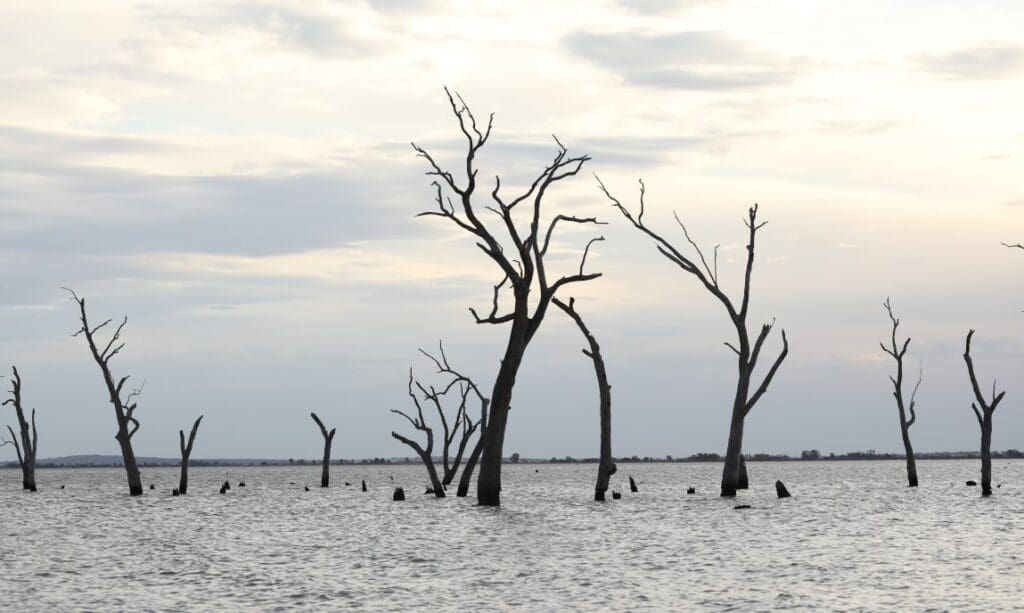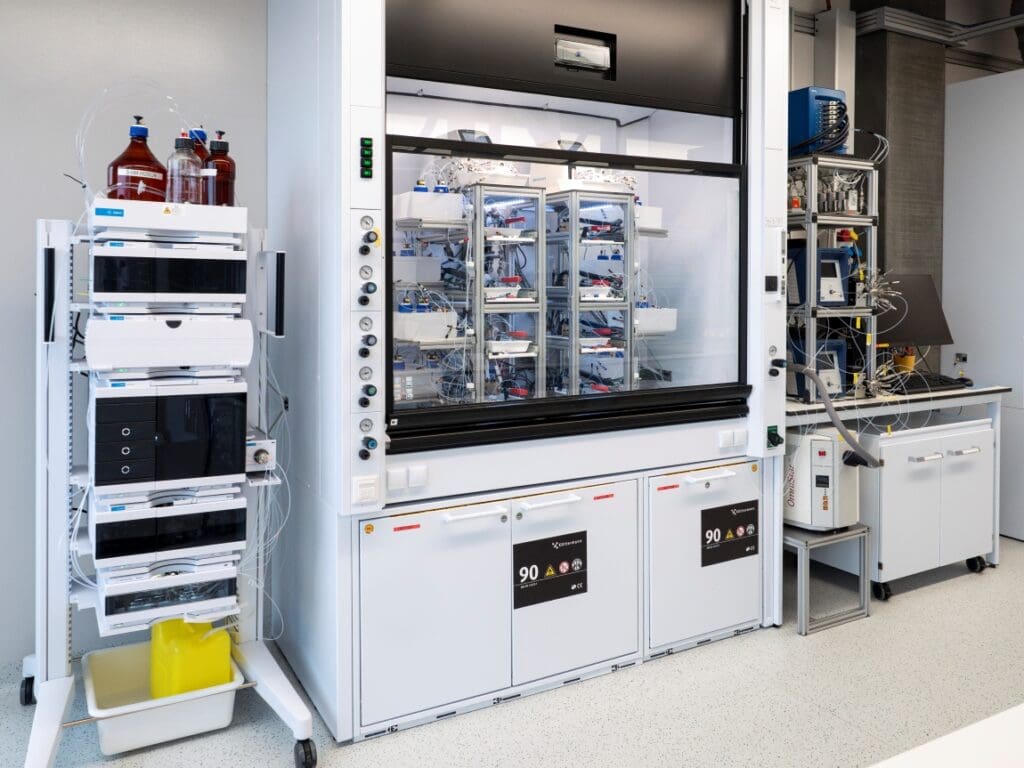In Nature Partner Journals, ten researchers advocate the use of imagination in tackling the climate crisis. They focus specifically on urbanising river deltas, which are of great social and economic importance and highly vulnerable to climate change.
“We scientists should not merely outline doomsday scenarios,” says Professor Chris Zevenbergen. “Create a vision for people to believe in and work towards.”
From doomscenarios to desired outcomes
Due to the climate crisis, urban river deltas are facing hazards such as rising sea levels, extreme weather events, and soil subsidence. Prosperous regions like the Netherlands are facing increasing costs and complexity for improving systems. Deltas in low- and middle-income countries additionally struggle with rapid urbanisation and limited resources. Traditional models are often insufficient to prepare deltas for our unpredictable future, necessitating more flexible approaches.
“Fortunately, the scientific community is already showing a greater focus on optimism and visions of the future, which helps to inspire and motivate people.” According to Chris and his co-authors, scientists should more often use imagination and ‘design-based research’. “Ask the wider society: what do we want our country to look like in 100 years? What do we really care about? And then visualise possible futures.” In this way, we encourage civic engagement and make climate adaptation both tangible and motivating.
“Ask the wider society: what do we want our country to look like in 100 years? What do we really care about?”
Inspiration from the Netherlands
Netherlands can serve as a role model for deltas worldwide, according to the authors. ‘’Take for instance Johan van Veen, visionary designer of the Delta Works,” says Chris. “Johan was not thinking in years, but in generations. He had deep knowledge of natural processes such as sedimentation. And when the 1953 North Sea Flood struck, he had an appealing vision of the future ready at hand.” Or consider the recent Room for the River programme, which applies natural solutions to increase the capacity of rivers while simultaneously improving biodiversity.
These words of praise must come with a caveat. Chris: “Many Dutch people considered the Delta Works a permanent solution, but according to Johan they were always meant as a necessary step in a process. Today, we need a new long-term vision.” Fortunately, work is underway on new visions for our coastal areas, including three scenarios for 2100. “Do we want to preserve our current coasts, flexibly adapt to change, or give way completely to the rising sea? This is how we use the power of design and imagination!”
“Johan van Veen did not think in years, but in generations; he had deep knowledge of natural processes; and he had an appealing vision for the future.”
Measures for science, policy, and education
The authors offer clear advice to scientists, policymakers, and universities: strengthen the role of design in delta management. Scientists should integrate imagination and interdisciplinary approaches into climate adaptation research.
Chris: “Be like Johan van Veen. Unite professional knowledge with long-term thinking, visualisation, and an understanding of nature.” Policymakers should invest in vision and creative research, because “after all, these plans will amount to billions of euros when implemented!” And universities should fuel creativity and include ‘design thinking’ in the curriculum.
“We want students with the ability to create and the motivation to realise visions of the future: who seek large-scale and unique solutions.”
Journal Reference:
Zevenbergen, C., Harteveld, M.G., Bloemen, P. et al. ‘Uniting imagination and evidence by design to navigate climate survival in urbanizing deltas’, npj Ocean Sustainability 3, 53 (2024). DOI: 10.1038/s44183-024-00094-2
Article Source:
Press Release/Material by Delft University of Technology
Featured image credit: LOLA Landscape Architects and De Urbanisten, in collaboration with the TU Delft group Redesigning Deltas




